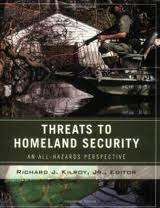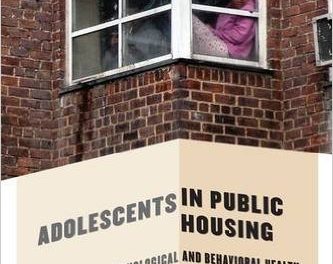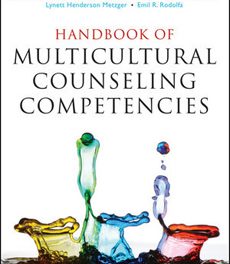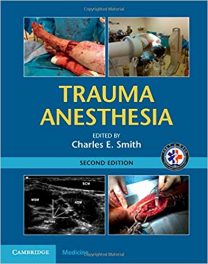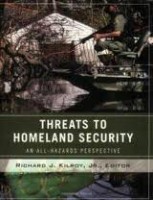 Editor: Richard J. Kilroy, Jr.
Editor: Richard J. Kilroy, Jr.
Contributing Authors: Dr. Alice Anderson, Dr. Amy Blizzard, Dr. Jeannie Grussendorf, Dr, Richard J. Kilroy, Jr., Dr. Daniel Masters, Dr. Carmine Scavo, and Dr. John H.P. Williams
Publisher: Wiley – Higher Education – 381 pages
Book Review by: Paiso Jamakar
Threats to Homeland Security is part of the Wiley Pathways series of books. You can go to www.wiley.com/go/pathways for more information.
This book, while of immense interest to the general public due to the 9/11 terrorist attacks on September 11, 2001, is in my opinion, essential reading for people working in the homeland security field. If you are in it, you can get from this a background history on terrorism and acquire new skills necessary to respond to life-threatening attacks.
It takes a pragmatic approach to learning, containing down-to-earth advice; and its well-organized content makes it easy for you absorb the material in it.
For your benefit, this book uses the four-part Case Learning System:
- Content
- Analysis
- Synthesis
- Evaluation
Among other benefits you can derive from reading it, this book:
- Gives you a history, before and after 9/11, of national security
- Outlines for you a broad perspective on threats and risk assessment
- Enables you to look closely into accidents, incidents and natural disasters
- Helps you assess emergencies and threats with a useful risk-assessment tool
- Comprehend the nature of domestic and foreign attacks and available responses
- Understand cyber-terrorism and cyber-warfare and defend against such threats
- Know how the ‘war of ideas’ works and recognize the power of information
A lot of college-level courses on terrorism and national were developed and offered to students after 9/11. After Hurricane Katrina and other natural disasters, programs emerged relating to analyses of such events and how to be better prepared and respond more effectively to save lives and property.
When another attack or disaster occurs, are more courses going to be created to deal with them? The authors write: “Rather than waiting for the next event to occur, the approach taken in this text is to address the subject of homeland security from all-hazards perspective.”
The purpose of writing this book is to provide students an interdisciplinary perspective and an integrated approach to studies of national and regional security and to address challenges to them in theoretical and practical ways.
The contents of this book is divided into 10 chapters. The numeric system of headings is used to organize content within topics and subtopics. But the chapters are self-contained so that you need not know information contained in another chapter in order to understand what is in the chapter you are studying.
Below is a quick overview of the main contents in this book, but as you go to each chapter you will find topics and subtopics you may want to study more closely:
- The Changing Nature of National Security
- U.S. Homeland Security Interests
- The All-Hazards Perspective
- A Conceptual Framework – Assessing Threats and Interests
- State Actors and Terrorism
- Non-State Actors and Terrorism
- Cyber-Terrorism and Cyber-Warfare
- Weapons of Mass Destruction
- Domestic Terrorism
- Enablers of Mass Effects
There are many learning aids provided to you in this book to more easily absorb its material. Within each chapter, you will find an Introduction, ‘For Example’ boxes, and Figures and Tables.
After you have studied the material in each chapter, you are provided the following items at its end to help you retain and recall what you studied. They are: Self-Check, Summary, Key Terms, Summary Questions, Applying This Chapter, and You Try It.
All in all, this is a good book on the subject of homeland security, covering response to attacks from foreign and domestic sources; as well as preparation for and responses to massive accidents and natural disasters.
Dr. Richard J. Kilroy Jr. is Professor of International Studies and Political Science at Virginia Military Institute in Lexington. He teaches courses related to security studies, national security, foreign policy, and Latin American security issues. He is a retired Army Intelligence and Foreign Area Officer who has served in various positions planning and implementing national security policy.

